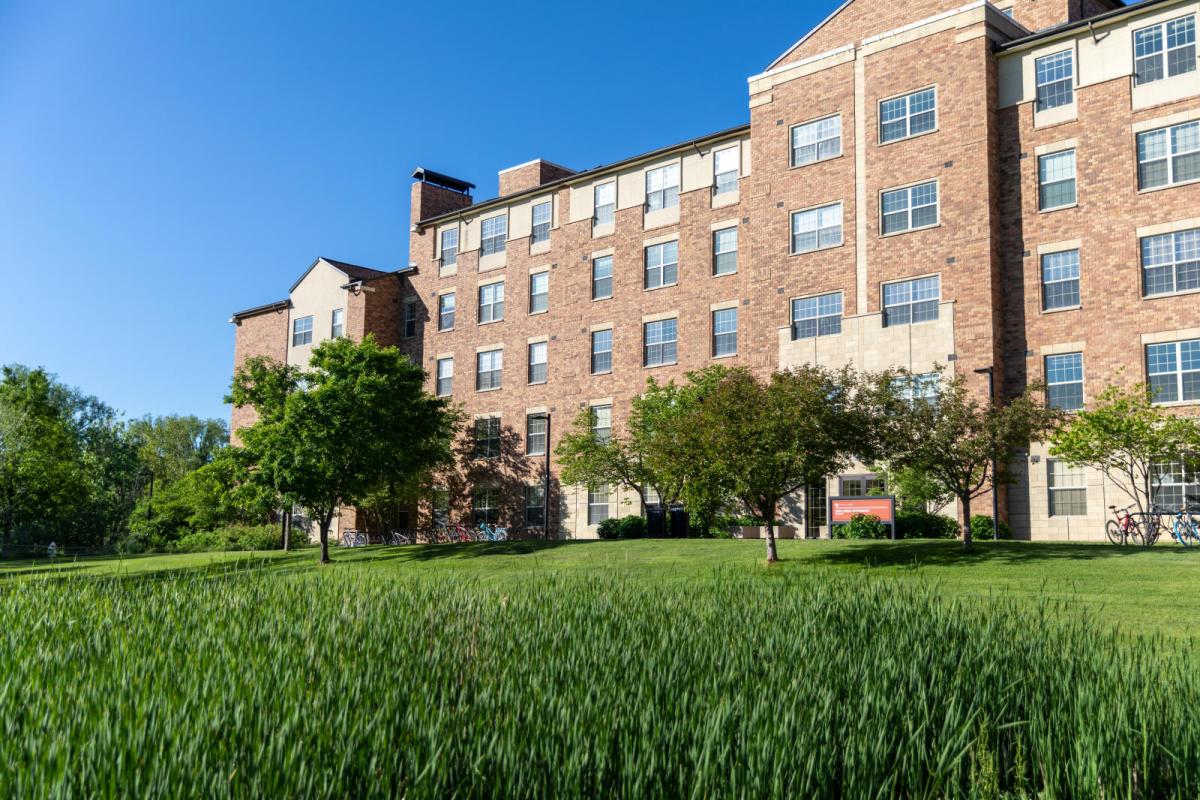On-Campus Heating and Cooling



Residence Halls
Heating
Heating in these halls is provided by radiant steam baseboard heaters. Each room has an individual thermostat control valve on the baseboard unit that controls the temperature. When trying to heat the room, small adjustments are recommended - setting the valve to the maximum setting will not heat the room faster.
Cooling
These halls do not have air conditioning. All rooms have operable windows to provide fresh air. During warmer months fans are recommended to aid in cooling rooms.
Room Temperature
The middle setting on the control valve is approximately 68°F. During warmer months, the temperature is more variable with the outside temperature.
Heating
Heating in these halls is provided by radiant steam baseboard heaters. Temperature is controlled by a thermostat control valve on the baseboard radiator, however multiple units will be attached to one temperature control, meaning that one room will control the temperature of a few other rooms around it, and not every room will be able to control their temperature. If you find your room getting too warm, one of your neighbors may have a window open, signaling to the thermostat that the rooms are colder than they are.
Cooling
These halls do not have air conditioning. All rooms have operable windows to provide fresh air. During warmer months fans are recommended to aid in cooling rooms.
Room Temperature
The middle setting on the control valve is approximately 68°F. During warmer months, the temperature is more variable with the outside temperature.
Heating and Cooling
These residence halls have fan coil units that provide heating and air conditioning. Each room will have at least one fan coil unit, and suites may have multiple units.These buildings have window switches that do not allow the heating unit to operate when the windows are open.
If you will not be occupying your room for an extended time (during school breaks or a few days away), we ask that students please raise the temperature on their thermostat during warmer months, and lower the temperature on their thermostat during cooler months to help conserve energy.
Room Temperature
The University strives to maintain room temperatures up to 70 F during cooler months (usually October to March) and down to 73 F during warmer months (usually April through September). Seasonal conditions may affect these temperatures.
Heating and Cooling
These residence halls have fan coil units that provide heating and air conditioning. Each room will have at least one fan coil unit, and suites may have multiple units.
If you will not be occupying your room for an extended time (during school breaks or a few days away), we ask that students please raise the temperature on their thermostat during warmer months and lower the temperature on their thermostat during cooler months to help conserve energy.
Room Temperature
The University strives to maintain room temperatures up to 70 F during cooler months (usually October to March) and down to 73 F during warmer months (usually April through September). Seasonal conditions may affect these temperatures.
Heating and Cooling
These residence halls have fan coil units that provide heating and air conditioning. Each room will have at least one fan coil unit, and suites may have multiple units.
If you will not be occupying your room for an extended time (during school breaks or a few days away), we ask that students please raise the temperature on their thermostat during warmer months and lower the temperature on their thermostat during cooler months to help conserve energy.
Room Temperature
The University strives to maintain room temperatures up to 70 F during cooler months (usually October to March) and down to 73 F during warmer months (usually April through September). Seasonal conditions may affect these temperatures.

